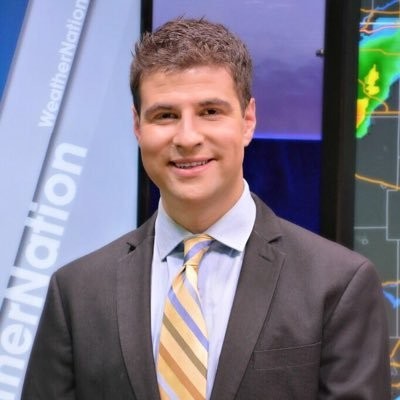A string of wildfires sprang up across Colorado on Tuesday, April 17, fueled by strong winds and bone-dry conditions.
But while the majority of those mainly smaller fires were on their way to containment as of Monday, a persistent drought coupled with poor snowpack levels, particularly in southern Colorado, are setting the stage for what could be the worst fire season since the devastating summers of 2012 and 2013, which included the deadly High Park, Waldo Canyon and Black Forest fires, the latter of which remains the most destructive wildfire in state history.
"It's been an abnormally dry winter, which left our mountains nearly barren," said Caley Fisher of the Colorado Division of Fire and Prevention in a recent interview. "We have moderate to extreme drought conditions all throughout Colorado, specifically in the southern and the eastern plains. The lack of significant snowpack, paired with strong winds and significantly warmer temperatures and the abundance of these fuels left over from 2017 ... makes Colorado an increasingly vulnerable state to severe wildfire conditions."
Snowpack melts off in the spring, providing a valuable source of not only drinking water (about three-quarters of Colorado's comes from snowmelt, according to the EPA), but also helping add water to streams and rivers through the warmest months of the year. With less snow, the snowpack will dissipate earlier than usual, making the ground more susceptible to fire during the hot summer months.
Colorado wildfire officials are primarily alarmed by paltry snowpack levels, especially in the southwestern parts of the state, where levels are less than a third of where they should be, according to data from the National Resources Conservation Service (shown below). Statewide, snowpack was less than 70 percent of where it should be as of last week, with only the North Platte river basin above average among the state's eight major river basins.
In Denver and along the Front Range, a lack of both rain and snow has also contributed to dangerous drought conditions. So far this winter, Denver has only seen about 25 inches of snow, less than half of the yearly average of 57.1 inches (though the snow season isn't quite over in Denver). Should that number hold, it would tie for our fourth-lowest seasonal snowfall since 1882.
The lack of moisture is even worse in southern Colorado. Pueblo has seen less than half of the typical precipitation it usually sees over the first three and a half months of the year (1.24 inches of year-to-date moisture compared to the 2.54 inches average). Colorado Springs numbers are better, at roughly 84 percent of its typical year-to-date rain and snow through Sunday, but much of that came just last weekend with nearly an inch of needed moisture on Friday and Saturday.
On Thursday, the United States Drought Monitor deemed drought conditions in the southwest corner of the state as the most severe. The drought statewide is unlikely to go away anytime soon, according to the Climate Prediction Center, which is forecasting a persistence of the drought across much of western and southern Colorado. Droughts can often fall into a type of positive-feedback loop, where less moisture on the ground lessens the likelihood of rainfall.
As we've written before, a wet May and June could help, but if things stay this dry, expect a summer potentially filled with wildfires.
Fires can not only potentially damage life and property, but a high risk of them could cut into camping activities, with burn bans possible through long portions of the summer. Water shortages could be an issue as well, though most of Denver Water's reservoir levels appear to be in decent shape.
[
{
"name": "Air - MediumRectangle - Inline Content - Mobile Display Size",
"component": "12017618",
"insertPoint": "2",
"requiredCountToDisplay": "2"
},{
"name": "Editor Picks",
"component": "17242653",
"insertPoint": "4",
"requiredCountToDisplay": "1"
},{
"name": "Inline Links",
"component": "18838239",
"insertPoint": "8th",
"startingPoint": 8,
"requiredCountToDisplay": "7",
"maxInsertions": 25
},{
"name": "Air - MediumRectangle - Combo - Inline Content",
"component": "17261320",
"insertPoint": "8th",
"startingPoint": 8,
"requiredCountToDisplay": "7",
"maxInsertions": 25
},{
"name": "Inline Links",
"component": "18838239",
"insertPoint": "8th",
"startingPoint": 12,
"requiredCountToDisplay": "11",
"maxInsertions": 25
},{
"name": "Air - Leaderboard Tower - Combo - Inline Content",
"component": "17261321",
"insertPoint": "8th",
"startingPoint": 12,
"requiredCountToDisplay": "11",
"maxInsertions": 25
}
]













